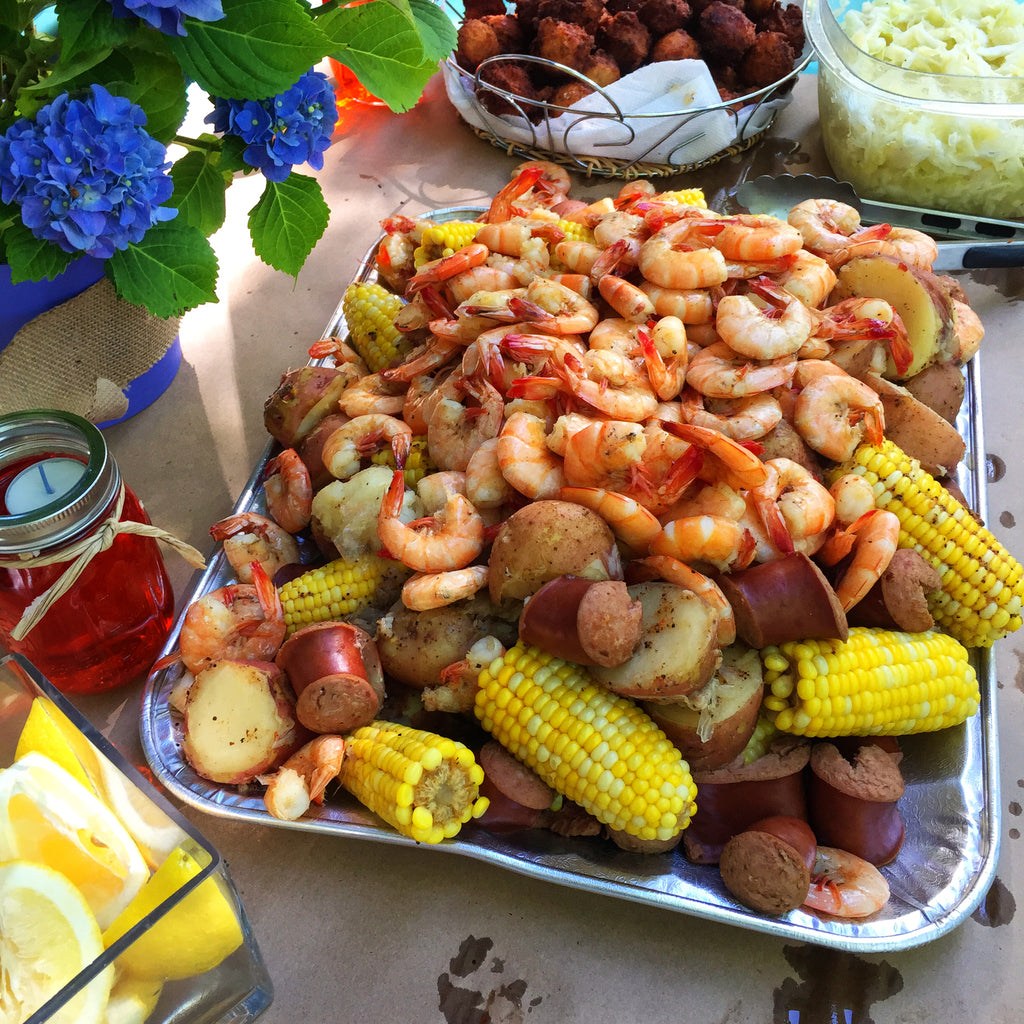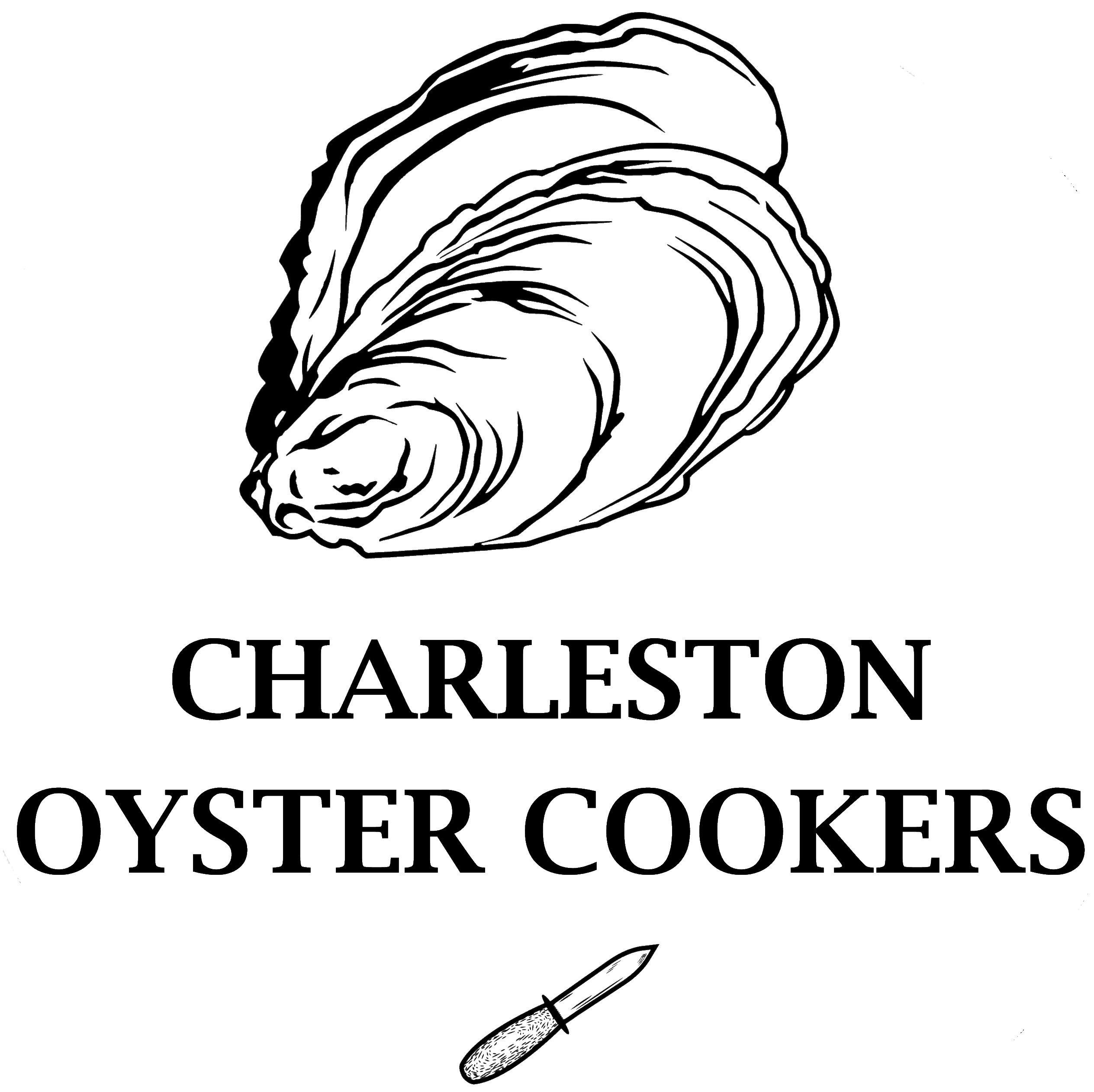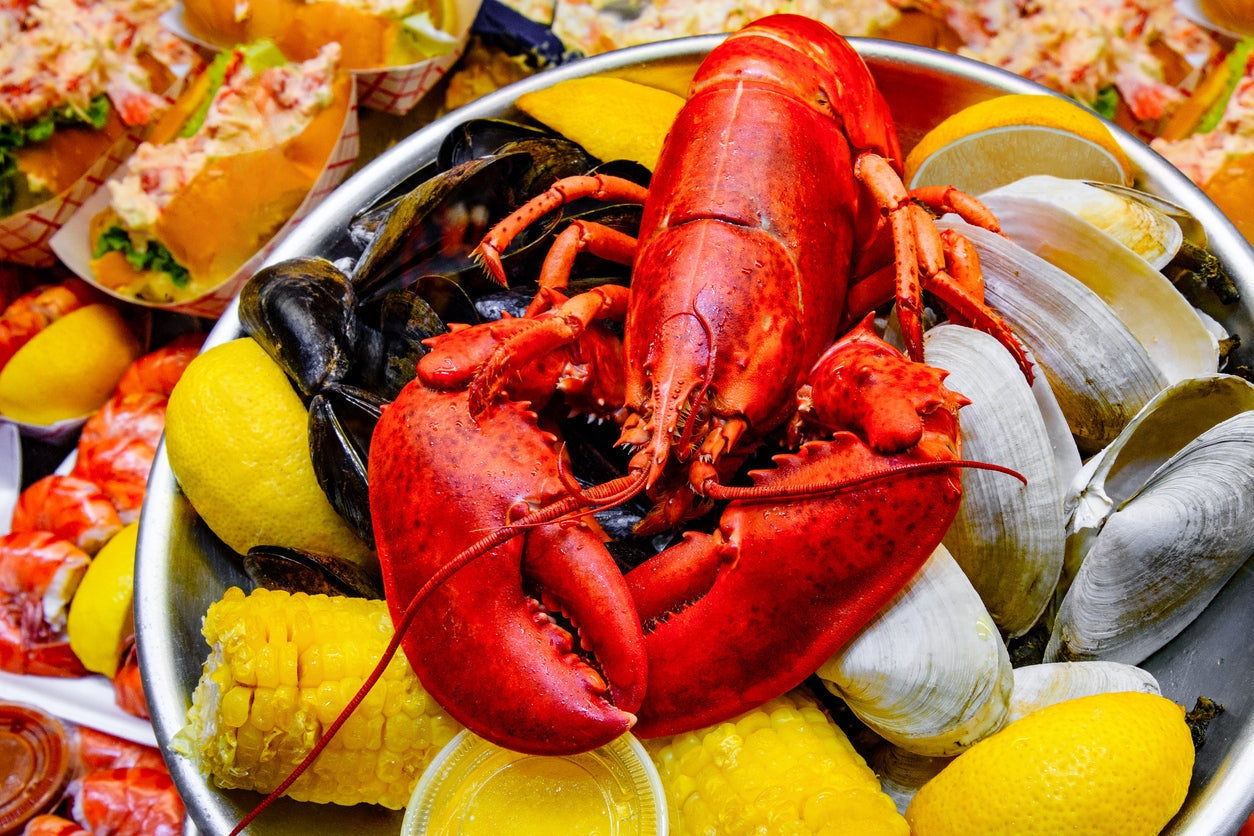
Beaufort Stew: A Southern Seafood Tradition
What is Beaufort Stew? A Culinary Introduction
Beaufort Stew, often referred to as Frogmore Stew, is a quintessential Southern seafood dish that embodies the flavors and traditions of coastal living. This one-pot meal is a celebration of fresh, local ingredients, combining shrimp, crab, sausage, corn, and potatoes into a hearty and flavorful boil. Named after the town of Beaufort in South Carolina, the dish is deeply rooted in the Lowcountry region, where seafood is a way of life. Its simplicity and communal nature make it a staple at outdoor gatherings, family reunions, and festivals. Beaufort Stew is more than just food—it’s a cultural experience that reflects the maritime heritage and agricultural bounty of the South. Whether served on newspaper-covered tables or enjoyed at a beachside cookout, this dish is a symbol of Southern hospitality and tradition.
The History of Beaufort Stew
The origins of Beaufort Stew trace back to the Lowcountry region of South Carolina, an area known for its rich history and connection to the sea. The dish is believed to have been created by fishermen who needed a quick, satisfying meal after a long day on the water. Using the fresh catch of the day, along with locally grown vegetables, they crafted a simple yet flavorful boil that could feed a crowd. Over time, Beaufort Stew became a staple in coastal communities, celebrated for its ability to bring people together. The dish also reflects the influence of the Gullah-Geechee culture, whose culinary traditions emphasize the use of fresh, local ingredients and communal dining. Today, Beaufort Stew is a beloved part of Southern cuisine, enjoyed not only in South Carolina but across the country.
Key Ingredients of Beaufort Stew
The magic of Beaufort Stew lies in its ingredients, which are as fresh and vibrant as the coastal waters they come from. At its core, the dish features shrimp and crab, often sourced directly from local fishermen. These seafood staples are complemented by smoked sausage, which adds a savory depth of flavor. Corn on the cob and red potatoes are essential components, providing sweetness and heartiness to the stew. Seasoning is key, with Old Bay or a similar seafood boil mix often used to enhance the flavors. Fresh lemons and garlic may also be added for a zesty kick. The beauty of Beaufort Stew is its adaptability—while the classic recipe is cherished, variations abound, allowing cooks to tailor the dish to their preferences.
Variations and Regional Twists
While the traditional Beaufort Stew recipe is widely loved, regional and family variations add unique twists to the dish. In Louisiana, crawfish may replace or accompany shrimp, reflecting the state’s Cajun influence. Some cooks experiment with different types of sausage, such as andouille, to add a smoky, spicy flavor. Others incorporate additional seafood like mussels or clams for a more diverse boil. The choice of seasoning can also vary, with some opting for spicier blends or adding hot sauce for extra heat. These variations showcase the versatility of Beaufort Stew, allowing it to evolve while staying true to its roots.
How to Make Beaufort Stew: A Step-by-Step Guide
Making Beaufort Stew at home is a rewarding experience that captures the essence of Southern cooking. Here’s a step-by-step guide to preparing this iconic dish:
- Gather Ingredients: You’ll need shrimp, crab, smoked sausage, corn on the cob, red potatoes, seafood boil seasoning, lemons, and garlic. Fresh, local seafood is ideal for authenticity.
- Prepare the Pot: Fill a large stockpot with water and bring it to a boil. Add seafood boil seasoning, garlic, and lemon slices to infuse the water with flavor. Check out our Classic Cooker!
- Cook the Potatoes: Add the potatoes to the boiling water and cook until they are tender, about 10-15 minutes.
- Add Corn and Sausage: Next, add the corn and sausage to the pot. Cook for another 5-7 minutes, allowing the flavors to meld.
- Cook the Seafood: Finally, add the shrimp and crab. These cook quickly, usually within 3-5 minutes. Be careful not to overcook them.
- Serve: Drain the pot and pour the contents onto a table covered with newspaper or parchment paper. Serve with melted butter, cocktail sauce, and lemon wedges.
Tools and Equipment You’ll Need
To make Beaufort Stew, you’ll need a few essential tools:
- A large stockpot or outdoor boiling pot
- An outdoor burner or stovetop
- Seafood crackers for crab
- Tongs and slotted spoons for handling hot ingredients
- A strainer or colander for draining the pot
Tips for Cooking for a Crowd
Beaufort Stew is perfect for large gatherings, and scaling up the recipe is easy. Use a larger pot and increase the quantities of each ingredient proportionally. Prepare extra seasoning and have plenty of serving utensils on hand. Consider setting up an outdoor cooking station to accommodate the size of the pot and make cleanup easier. Most importantly, involve your guests in the process—it’s a communal dish that’s meant to be shared.
The Social Side of Beaufort Stew: A Community Tradition

Beaufort Stew is more than just a meal—it’s a social event that brings people together. Traditionally served at outdoor gatherings, the dish is often poured directly onto a table for communal dining. Guests gather around, sharing stories and laughter as they enjoy the feast. This tradition reflects the Southern values of hospitality and community, making Beaufort Stew a centerpiece of celebrations like family reunions, weddings, and festivals. The dish’s simplicity and ability to feed a crowd make it ideal for fostering connections and creating lasting memories.
Pairing Beaufort Stew with Drinks and Sides
To complement the flavors of Beaufort Stew, pair it with refreshing beverages and classic Southern sides. Sweet tea is a popular choice, offering a balance to the dish’s savory and spicy notes. For those who prefer alcohol, local craft beers or light white wines work well. As for sides, coleslaw adds a crisp, tangy contrast, while cornbread provides a comforting, buttery accompaniment. Other options include hush puppies, pickled vegetables, or a simple green salad.
Where to Find the Best Beaufort Stew
If you’re looking to experience authentic Beaufort Stew, the South is the place to be. Many restaurants in Beaufort, South Carolina, serve the dish, often with their own unique twists. Festivals like the Beaufort Water Festival celebrate the region’s culinary traditions, offering visitors a chance to enjoy the stew in a lively, communal setting. Other notable events include seafood festivals along the Carolina coast, where Beaufort Stew is a highlight.
Fun Facts and Trivia About Beaufort Stew
- Beaufort Stew is often called “Frogmore Stew,” named after the Frogmore community on St. Helena Island.
- The dish is closely tied to the Gullah-Geechee culture, which has greatly influenced Southern cuisine.
- Despite its name, Beaufort Stew contains no frogs—it’s purely a seafood dish.
- The dish’s popularity has spread beyond the South, with variations appearing in other parts of the U.S.
- Beaufort Stew is traditionally served on newspaper-covered tables, emphasizing its casual, communal nature.
Why Beaufort Stew is a Must-Try Dish
Beaufort Stew is a true representation of Southern culture, combining fresh, local ingredients with a communal dining experience. Its rich history, vibrant flavors, and adaptability make it a dish that everyone should try at least once. Whether you’re cooking it at home or enjoying it at a festival, Beaufort Stew offers a taste of the South that’s both delicious and unforgettable.


